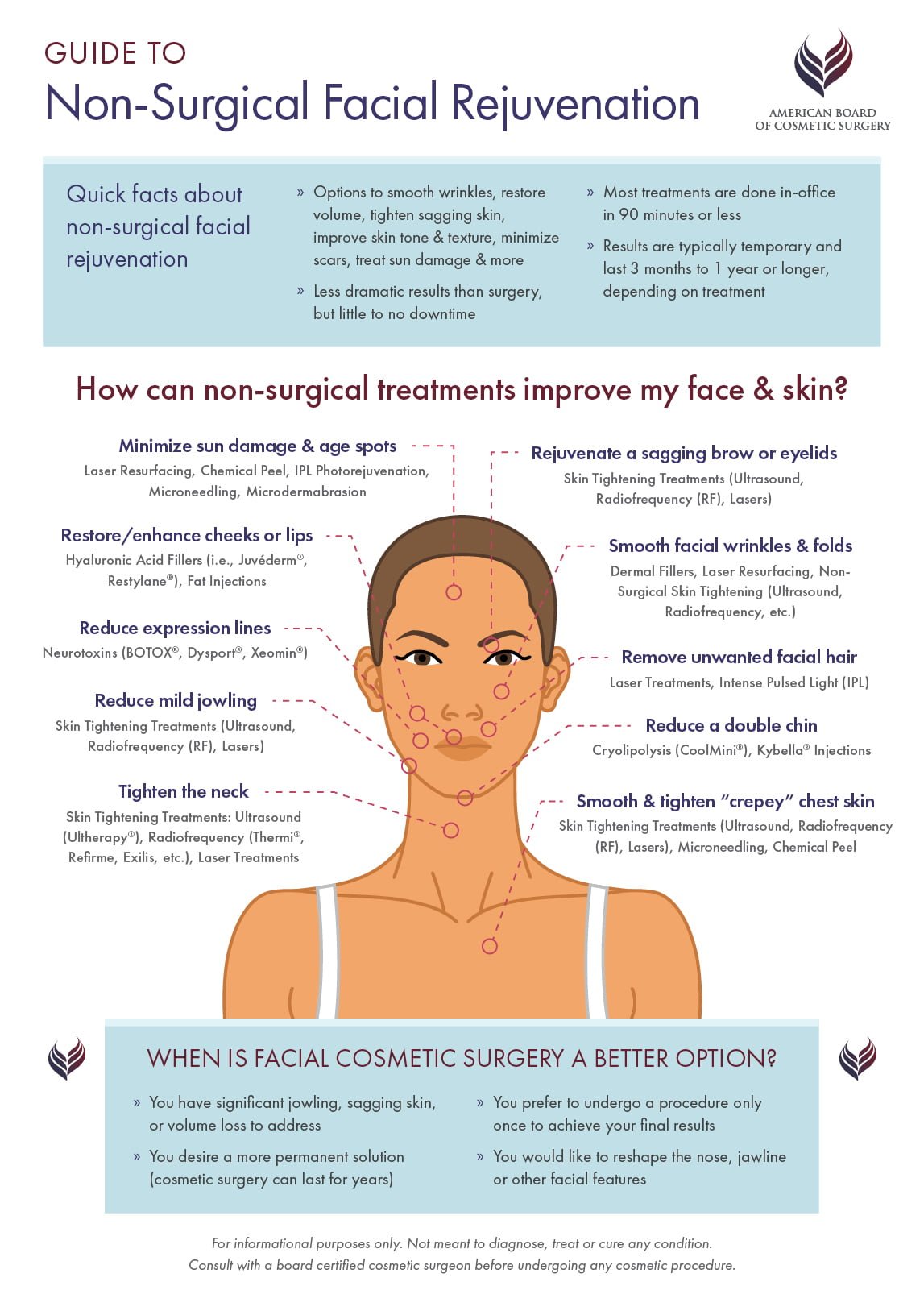Best Acne Treatment Kits For Beginners
Best Acne Treatment Kits For Beginners
Blog Article
Acne Marks and Post-Acne Care
Acne marks and dark marks can remain also after the blemish itself has actually removed. Yet there are numerous natural, non-prescription and medical therapies that can minimize their appearance.
Ice pick scars are little imprints that look like pinpricks; rolling scars have a wave-like appearance and shallow depth; boxcar scars have clear edges; hypertrophic scars are raised bumps. Treatments include skin needling, where your doctor rolls a needle-studded device over the skin; and surgical excision, when a healthcare professional cuts out deep scars.
1. Scrub
Acne marks discolor best when they aren't covered with dead skin cells. Peeling eliminates the accumulation and enables fresh skin cells to find to the surface. It also makes acne scars much less recognizable.
A skin doctor can advise peeling approaches for your certain skin kind. Dry skin may benefit from exfoliation with scrubs or other mechanical approaches, while oily skin might require a chemical peel. Those with darker skin tones need to be careful using stronger chemical therapies, as they can create dark areas and level of sensitivity.
If you have acne scars, avoid picking or squeezing at them, which can make them even worse. Swelling triggered by inflammation enhances the chance of scarring. Picking can leave ice-pick marks, which are slim imprints with a point at the end. You can also obtain boxcar marks, which are imprints with larger edges. You can additionally create hypertrophic or keloid marks. These are increased bumps of scar cells that can be scratchy and agonizing.
2. Moisturize
After completing your acne therapy, maintaining skin clear and healthy requires a regular skin care routine that protects from outbreaks and minimizes post-acne marks. This includes a gentle cleanser and cream, non-comedogenic items that don't clog pores, and avoiding foods that aggravate skin or trigger acne flare-ups.
Utilizing a lightweight, non-comedogenic cream with active ingredients like hyaluronic acid and glycerin can assist hydrate skin while also boosting skin texture and promoting recovery. Try to find an item that is developed without fragrance or parabens.
An item that targets remaining acne marks with active ingredients such as skin-brightening tranexamic acid and bakuchiol can enhance dark places or irregular tone triggered by swelling. It carefully resurfaces the skin while smoothing rough and distinctive locations. A product that combines a retinoid and a plant-based retinol choice can additionally boost the look of deeper marks while simultaneously targeting existing acnes and stopping future outbreaks.
3. Cover
When your acne scars heal, you can conceal them with make-up and a concealer. Just see to it you're just applying the product over scars that are fully recovered (not fresh ones), says Sotomayor. Then, complete your appearance with a strong lip color or statement great smoky eye shadow for maximum influence.
When it pertains to selecting a foundation or colored cream, it is necessary to choose one that is noncomedogenic and oil-free. This will certainly help maintain your skin clear and prevent the clogging of pores that can bring about brand-new outbreaks.
The same opts for choosing a concealer. Search for a formula that offers complete insurance coverage however still really feels light-weight and blendable on the skin. Additionally, when concealing indentations from acne scars, it's an excellent idea to discover a color that matches your natural complexion (rather than a color lighter or darker). This will certainly help hide the indents better. This nourishing balm is an outstanding alternative for brightening and lightening post-inflammatory hyperpigmentation, which can be brought on by acne or various other inflammatory skin problem. It contains moisturizing panthenol, softening shea butter and strengthening peptides that reduce soreness and scaly appearance.
4. See Your Skin doctor
The scars that develop from serious acne frequently need treatment by a medical professional or dermatologist. Before that can take place, though, a person has to have their acne controlled. This includes not choosing or pressing acne spots, and utilizing mild cleansers and water-based non-comedogenic products that will not obstruct pores.
If pharmacy cleansers and spot treatments aren't clearing your skin, routine an appointment with a skin specialist. The dermatologist can suggest various other treatments that help remove your skin without drying it out or irritating it.
A dermatologist can additionally treat other sort of post-acne marks, including dark areas that are a kind of hyperpigmentation called PIH (post-inflammatory hyperpigmentation). A topical retinoid like adapalene can visibly lighten these marks and discolor them rapidly. For other sorts of scars, the physician can recommend a more extensive treatment. This could consist of microdermabrasion or chemical peels that are done right in the office. Depending upon the mesotherapy treatment intensity of your marks, these therapies may need to be duplicated.